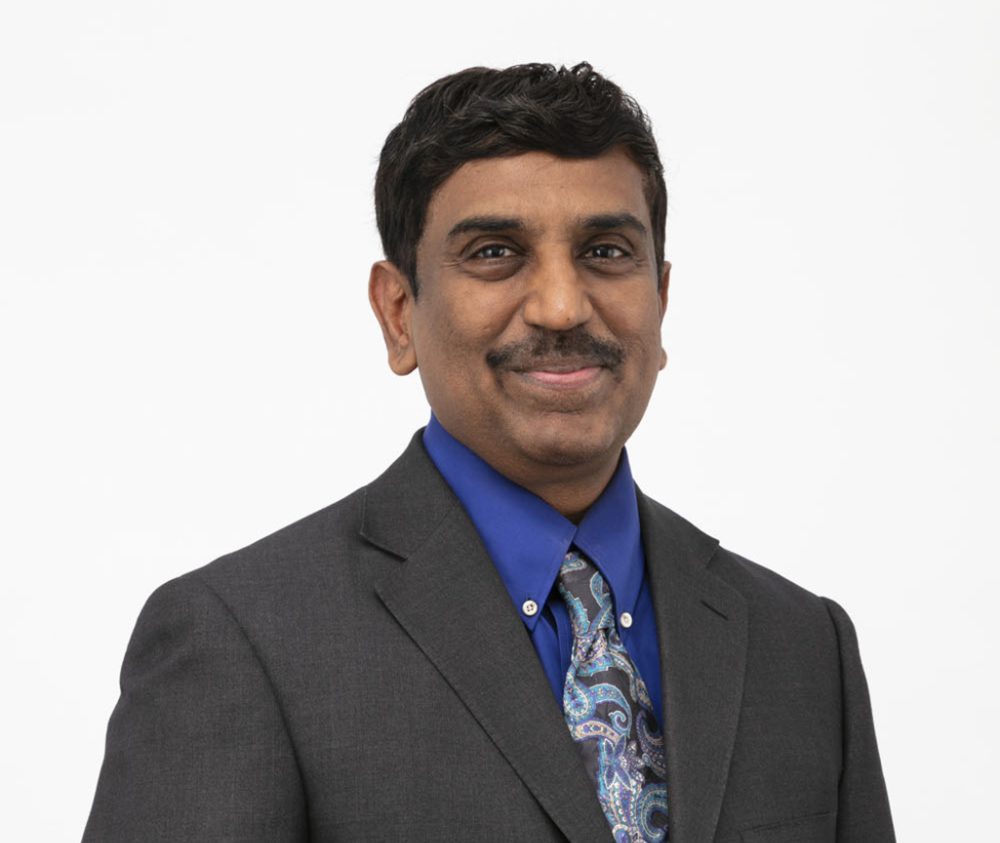Tenstorrent is a Canadian semiconductor company that specializes in chip design for artificial intelligence (AI) computing. The company was founded in 2016 by Dr. Ljubisa Bajic, Jim Keller, and a team of experienced chip designers and architects.
Tenstorrent's mission is to deliver revolutionary AI computing solutions that dramatically improve the speed, efficiency, and affordability of AI workloads. The company believes that AI has the potential to transform society for the better, but only if AI computing becomes more accessible and efficient. By creating advanced AI chips, Tenstorrent aims to drive progress and innovation in various industries, including healthcare, automotive, finance, and more.
The core technology behind Tenstorrent's chips is its scalable architecture called Grayskull, which combines multiple processing elements called Tensor Cores. The architecture is optimized for highly parallel computing and provides the necessary flexibility and programmability required for modern machine learning workloads. The company's focus on highly parallel processing allows for improved performance while reducing power consumption and data movement, making it an ideal solution for edge computing.
Tenstorrent's vision is to revolutionize AI computing by delivering highly efficient and scalable solutions that democratize access to AI and advance the field as a whole.
I don’t know if Grayskull is a direct competitor to Akida seeing grayskull is a chip and Akida is IP, but it is targeting the same market. EDGE AI APPLICATIONS
Tenstorrent is a start up, so interesting that they have scored a major contract with LG. Common Brainchip, show the world what you got and get some licences!!



